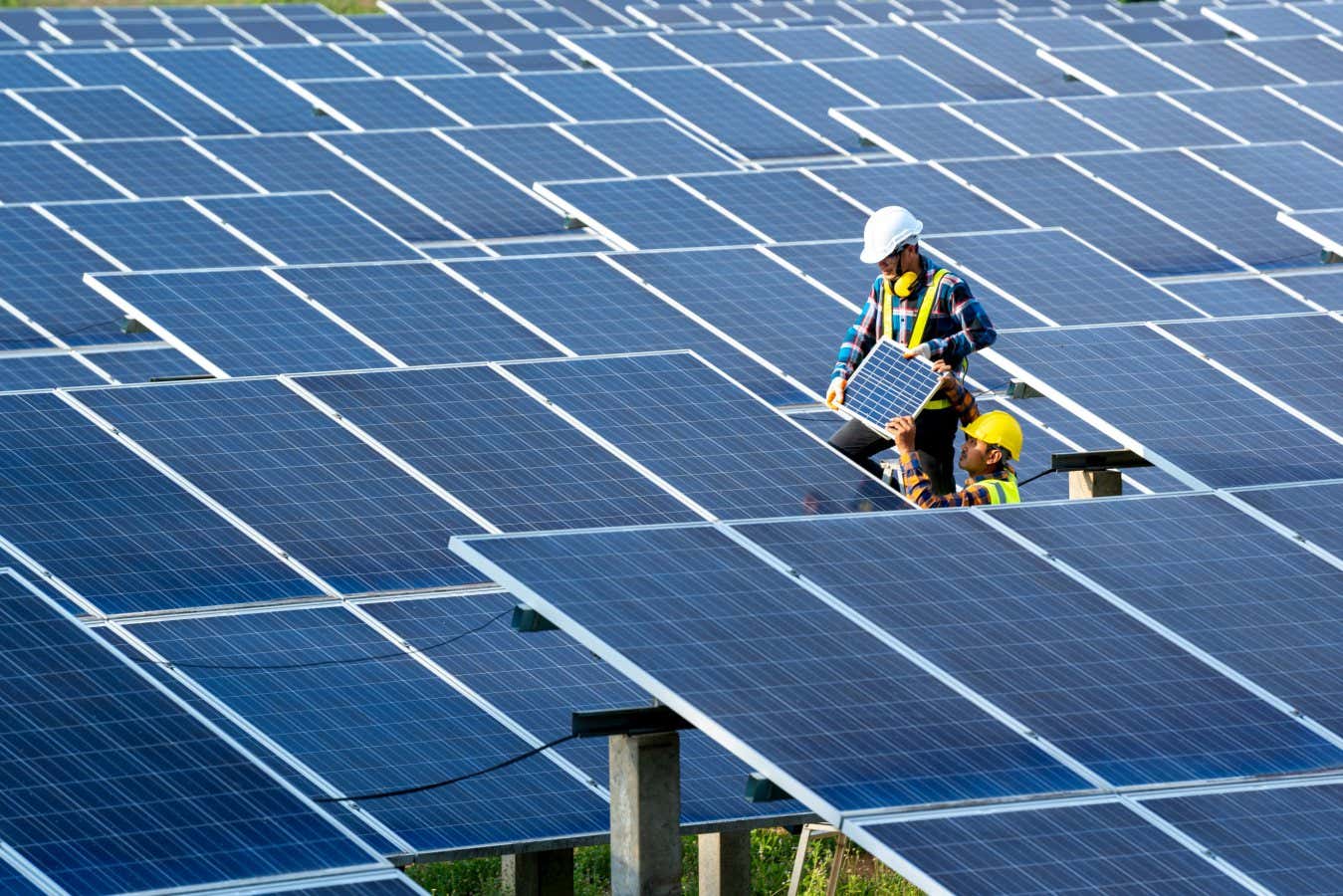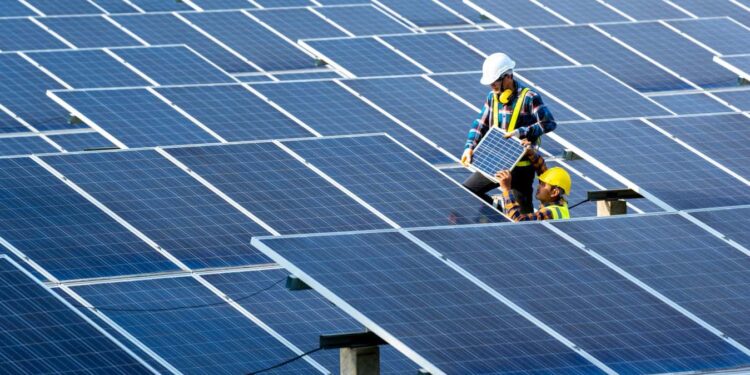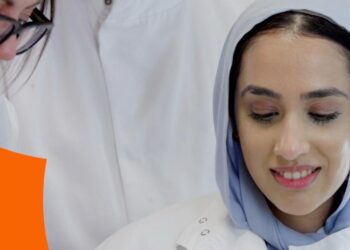
By breaking a law of physics, researchers can improve energy-harvesting devices like solar cells
M2020/Shutterstock
Researchers have broken a centuries-old law of physics, putting us on a path towards making better energy-harvesting devices, such as solar cells.
Linxiao Zhu at the Pennsylvania State University has wanted to break Kirchoff’s law of thermal radiation for almost a decade. Dating back to the 1800s, this law dictates that objects emit as much thermal radiation – or heat – as they absorb. It is related to the most fundamental laws of physics that govern heat and energy: the laws of thermodynamics. These put a constraint on any device that absorbs light, and until recently, researchers thought those constraints were non-negotiable.
“In a usual textbook, you will read that Kirchoff’s law of thermal radiation is unconditionally true, and it’s required by the second law of thermodynamics. But in fact, it’s not,” says Zhu.
We have seen one previous violation of this law, but only for a narrow range of wavelengths, or colours, of radiation. Zhu and his colleagues have now broken it more dramatically than ever before.
To do so they needed two things: a carefully structured material and a magnetic field. This is because both structure and magnetism affect what happens to particles that make up radiation – like the photons that make up light – and the energy they carry once they hit a material.
The researchers made a very thin layered semiconductor from indium, gallium and arsenide and carefully directed its atoms into a specific arrangement. They put it near a strong electromagnet and shone light of different colours on it at different temperatures, angles and magnetic field strengths.
The material’s structure, combined with a constant supply of magnetic forces from the magnet, resulted in a difference between the radiation absorbed and emitted by the material. The emitted radiation was up to 43 per cent higher than the amount absorbed. Zhu says this happened for more than one colour of light, which is advantageous because light that falls on devices like solar cells is typically a mix of colours.
Aaswath Raman at the University of California, Los Angeles, says the experiment is an important step in turning an idea that was previously put forward only in calculations into reality. He says the huge contrast between how much radiation is absorbed and how much is emitted is “a big deal”.
The new material could boost the efficiency of devices that absorb light or heat, but there are challenges to using it because the benefit requires magnets, which could be difficult to incorporate into compact devices and manufacture at scale. However, Raman says he is optimistic because there are new materials that behave in magnetic ways without actually having to be placed next to a magnet and new electromagnetic tricks that could be used to address this issue.
Source link : https://www.newscientist.com/article/2486210-breaking-the-laws-of-thermal-radiation-could-make-better-solar-cells/?utm_campaign=RSS%7CNSNS&utm_source=NSNS&utm_medium=RSS&utm_content=home
Author :
Publish date : 2025-07-01 21:00:00
Copyright for syndicated content belongs to the linked Source.














